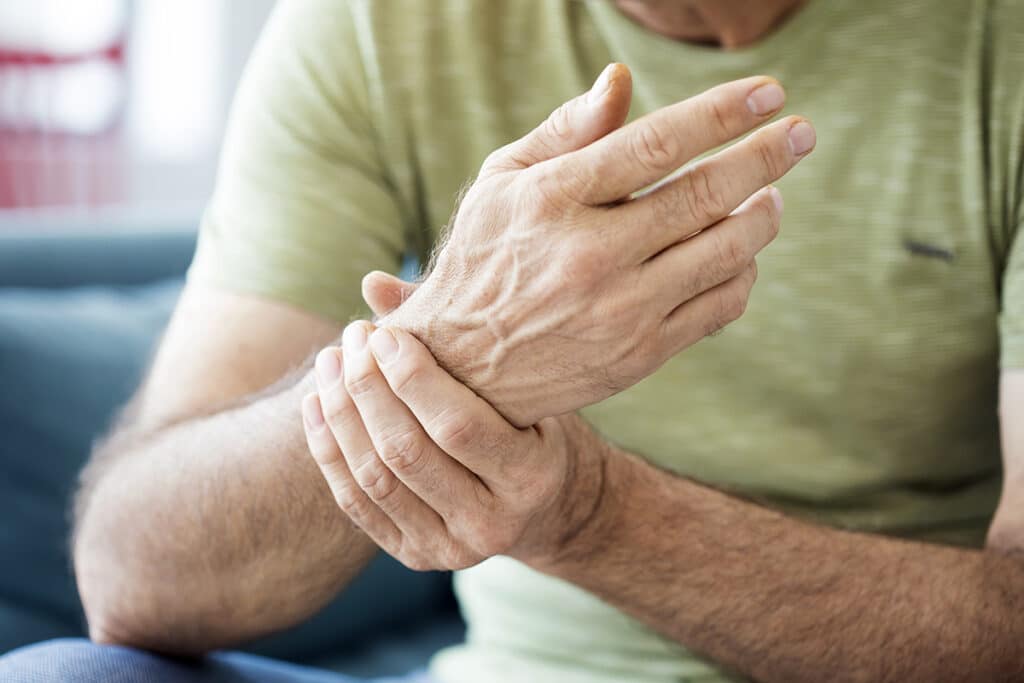
Wrist strains occur when the ligaments that connect the bones in your wrist stretch or tear due to excessive force or pressure. They are quite common, especially among people who engage in active sports or physical work. Wrist strains can cause severe pain and limit your mobility, affecting your overall quality of life. However, with proper treatment and care, you can recover from a wrist strain and get back to your daily activities with ease. In this blog, we will explore the best treatment options for wrist strains.
1. Rest: Give your wrist sufficient rest and avoid activities that exacerbate the strain. Immobilize the wrist with a splint or brace, if necessary, to promote healing.
2. Ice: Apply ice packs to the affected area for 15-20 minutes every few hours. This can help reduce pain and swelling associated with the wrist strain.
3. Compression: Use a compression bandage or wrap to provide support and reduce swelling. Ensure it is not too tight to avoid restricting blood flow.
4. Elevation: Keep your wrist elevated above heart level whenever possible. This can help minimize swelling by promoting proper fluid drainage.
5. Nonsteroidal anti-inflammatory drugs (NSAIDs): Over-the-counter pain relievers like ibuprofen or naproxen can help alleviate pain and reduce inflammation. Follow the recommended dosage guidelines.
6. Physiotherapy: Consult a physiotherapist who can guide you through specific exercises and stretches to strengthen the wrist, improve flexibility, and promote healing. They may also use modalities like ultrasound or electrical stimulation for pain relief.
7. Massage therapy: Seek a registered massage therapist who can provide targeted massage techniques to the wrist and surrounding muscles. This can help alleviate pain, increase blood flow, and promote healing.
8. Chiropractic care: A chiropractor can perform adjustments and manipulations to relieve joint restrictions and improve wrist function. They may also recommend exercises and lifestyle modifications to support the healing process.
9. Heat: Once the initial swelling has subsided, applying heat to the wrist can help relax muscles, increase blood flow, and relieve stiffness. Use a warm towel, heat pack, or take warm showers.
10. Gradual rehabilitation: As your wrist begins to heal, gradually reintroduce activities and exercises that involve wrist movement. Start with gentle range-of-motion exercises and progressively increase intensity and resistance under the guidance of a healthcare professional.
Remember, it’s crucial to consult with a healthcare professional, such as a physician, physiotherapist, or chiropractor, to receive an accurate diagnosis and personalized treatment plan for your specific wrist strain. They can provide expert advice tailored to your condition and help you achieve the best possible recovery outcome.
Overall, the best treatment for wrist strains is a combination of rest, ice, compression, elevation, and pain management. It is essential to give your wrist ample time to heal to avoid further damage. If your wrist strain is severe or doesn’t improve with home remedies, seek medical attention. A doctor can examine your wrist and create a treatment plan tailored to your specific needs. Lastly, taking preventive measures like stretching before physical activities and wearing wrist supports can help reduce the risk of wrist strain. Follow these tips and take care of your wrist to enjoy a pain-free and stress-free life.
If you have any questions or would like to explore further, please book a free, no-charge online appointment with either myself, Sam Heslip, RMT, or another Kitchener massage therapist at CARESPACE. We are happy to listen and are here to help!

